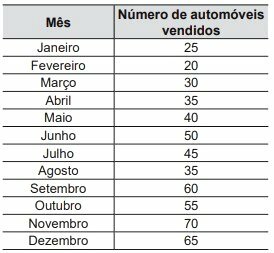All electoral research is carried out by samplings referring to the population under study, using official data sources in the country: IBGE, TRE and TSE, until reaching a end result, even with all this care, this type of research undergoes frequent changes, as its validity depends on public opinion, which varies. constantly.
A survey is not done on absolute values, but on estimates (statistics), so it presents always a margin of error, which will depend on the sample size and the results that were obtained with the research. And this happens because in an electoral poll, for example, it is not possible to interview the entire population, only a fraction of them.
In a political poll, the margin of error varies depending on the candidate, that is, it depends on the geographic distribution of your electorate, so it is necessary that this type of research is carried out within a confidence interval, value agreed by the client and the institute of research.
In political research the default confidence interval is 95%, what does this mean? This means that the candidate has a 95% chance of being within the margin of error and a 2.5% chance of being above it and a 2.5% chance of being below it. For example: let's suppose that in an electoral poll a candidate appears with 23%, taking into account the margin of error of 2.5%, he will be between 20.5% and 25.5%.
Because of this margin of error, when announcing the fall or rise of a candidate, it is important that they be made successive surveys, just comparing the current survey with the previous one will give an answer with the possibility of error much bigger.
Do not stop now... There's more after the advertising ;)
by Danielle de Miranda
Graduated in Mathematics
Would you like to reference this text in a school or academic work? Look:
RAMOS, Danielle de Miranda. "What is a survey's margin of error?"; Brazil School. Available in: https://brasilescola.uol.com.br/matematica/o-que-margem-erro-uma-pesquisa.htm. Accessed on June 27, 2021.


